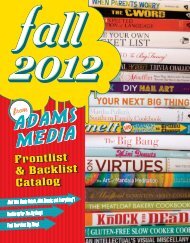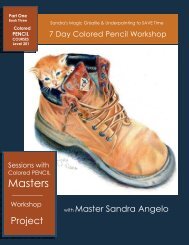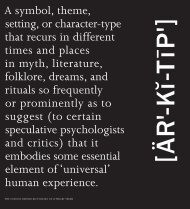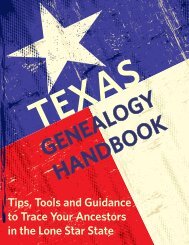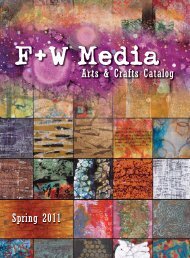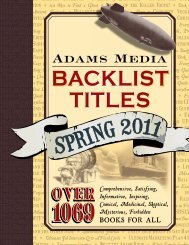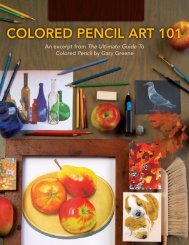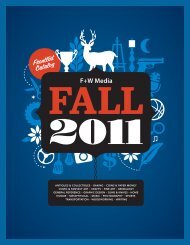You also want an ePaper? Increase the reach of your titles
YUMPU automatically turns print PDFs into web optimized ePapers that Google loves.
the cab. Rather unusually the body of the vehicle was retained,with many usually being replaced by cranes; however this alsomeant it could be pressed into other roles around the yard, “Thisone was used in more of a cargo body role than any others. Infact that is the cargo body on it now which was on it all thoseyears ago and it also has a winch on it between the cab and thebody.“We used it for winching work mainly when doing roundtimber jobs, pulling out and unloading in the yard. Becausewe could winch the whole lard off on the artics, by puttingthe rope around the whole load and taking it all off – it wasquite good at doing that!” Roger added.After nearly 20 years of hard work, the HAR-01 wasparked and sheeted up in a corner of the yard in the early1960s. Unlike many vehicles which passed through thefamily business it wasn’t disposed of straight away as therewas always a feeling that this machine was something specialas Roger explains, “The HAR, I always wanted to havea go at it that’s why I never got rid of it, unlike the othervehicles which once we had managed to get a good use ofthem we let them go.“I always thought it was pretty unique as I had neverseen another anywhere before. While the SU-COE workedpretty much right up until the end so that’s why we kept thatone.”The thought to restore the HAR had always been in theback of Roger’s mind, but it wasn’t until he retired in themid-1990s that he could even realistically think about restoringthe vehicle back to its former glory. So along with goodfriend Derek it was decided to finally remove the sheet whichhad hidden the HAR for nearly 30 years.As Roger explained things didn’t look promising at the startthough, “When I retired in 1995, I was 73 and we shut the twomills down which we had. This HAR was in the yard sheeteddown, and I kept thinking to myself one day I’m going to havea go at it.“One day I did take the sheet off and the doors fell off; thewindows were out it looked like being a colossal job. It took justover ten years on and off to do it. Derek came in and did a lot ofthe mechanical work and also helped a lot with the body workon it.”The SU-COE has quite a different story as Roger did sell iton for a short while, before re-acquiring the vehicle at the startof the millennium.“The SU-COE was one of ours originally but it was sold toa young man called Keith Mullins in 1997, who Derek workedwith, sadly he passed away before he could finish restoring itthough. So we brought it back in 2001 and it took us around fouryears to restore it.“There was no cab or body on it, he had tried to put a dieselengine it but it didn’t really work so we got the petrol engine andstripped that out and put all that back in.“We carried on and rebuilt the cab as well at home in thegarage – a lovely hobby to have! I had plenty of timber at homewhich I had originally saved for the other one, so that all came inhandy when restoring the SU-COE.”We asked Roger which particular part of both vehicles tookthe longest to complete in the restoration process, “The cabswere long jobs on both vehicles. They started to come unstuckas the timber got a bit wobbly meaning we had to rebuild allOwner Roger Staddon (left), good friend Derek Tucker and his son Paul(right) are very proud to be able to display this HAR-01in what would havebeen its livery during its time with the armed forces.of that. But the engines we got reconditioned at an engineeringfirm, which cost a bit of money. The reason it cost a lot was thatthey couldn’t get any spares for this type of engine so they hadto make and modify a lot of things from British vehicles such asLeyland’s and that sort of stuff.“We had to find tires as well which took a while. We kept goingaround to shows though and picking up different bits whichall helped. Over the years which we had them we had accumulateda number of spares though as other timber merchants hadSU-CO’s as well and when they finished they said do you wantsome spares and they brought them to us and dumped them. Sowe had a lot of spare bits and pieces lying around when it cameto the restoration.”With his families long history in the timber haulage businessit is perhaps a surprise that the FWDs weren’t restored backinto their civilian working guise once again. As Roger explainedthough, these vehicles are virtually one offs when it comes toseeing them restored in their military spec – so for him therewas only one paint scheme that they could carry once again,“I thought they were unique vehicles. You see a lot of GMCs,Dodges, Bedfords and hundreds of Jeeps but these are totallysomething different.“Plus we know that there is believed to be only one otherHAR existing in this country while there are only about three orfour SU-COE’s. But the main thing is that they aren’t original, sothat is what we have tried to do here to make take it back to howthey were during the War.”Thankfully during the restoration process Roger and Derekwere able to find the original markings beneath the layersof paint, thus being able to apply them to the finished articleswhich you see before you. From this they have managed to findout exact history of these two rare FWDs and thankfully bringthem to our attention today, “The HAR was used for towing radartrailers mainly, but it was also used for smoke generation onairfields. The next model up was used for snow blowing dutieson airfields. While the SU-COE was used mainly for transportingtroops and other equipment around with its cargo body, whileit would have also been used as an artillery gun tractor.” ✪Military Vehicles Magazine June 2013 29



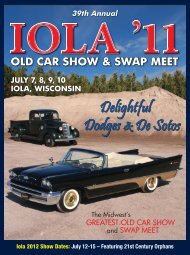
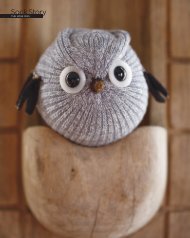
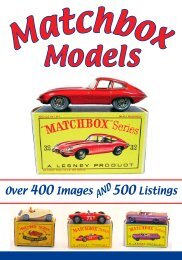
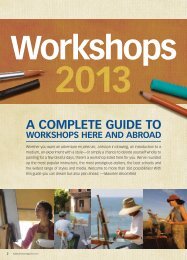
![Index [media2.fwpublications.com] - F+W Media](https://img.yumpu.com/45216355/1/190x245/index-media2fwpublicationscom-f-w-media.jpg?quality=85)
